|
In our last blog post, we provided a checklist of things you can do to keep your landscape healthy and looking nice through winter. One of the items we suggested you should do is to prune your trees (shrubs can be pruned, too). Pruning revives tired plants and helps younger plants establish a good shape. We suggest pruning in winter for a few reasons. The lack of leaves makes seeing what you are doing much easier and in the winter, plants are less likely to 'bleed' as sap is not as active. Cuts will have time to heal over before spring growth begins.
The following are a few tips for how to prune your trees and shrubs so you don't cause damage. The first thing you want to do when pruning is to remove any damaged or diseased wood. This must go first so you're not wasting time working on areas that won't get better. Next, you'll want to address any branches that crisscross or rub on other surfaces. Start with removing the least important branches completely or shorten them so they are not intertwined. A good place to cut is down to an outward facing bud. Shortening these branches forces the plant to funnel its energy into the buds that remain, giving you more vigorous growth. When cutting, make sure you are doing so correctly. Incorrect or 'bad' cuts can result in poor wound recovery and unhealthy plants. #1 Don’t prune too far away from the bud. More than a finger width is probably too far. Cutting too far away can result in the wood between the cut and the bud below dying, which can affect the health of the bud. If the bud fails to grow, die back can cause the whole stem to die. #2 Just as you don't want to prune too far away, you don’t want to prune too close to the bud either. If you're on top of the bud, you're too close. Pruning too close to the bud often results in damaging the bud itself and that can jeopardize the bud's ability to grow into a leaf or flower. Pruning too close to the bud can also cause the branch to die back further down the stem. #3 Be careful of the angle when you prune. If you leave a pointed stub of stem above the bud you risk causing the stem to die back as far as the bud and possibly beyond it. A better option is to keep the cut as straight as possible but a slight angle can be okay if you are trying to redirect the growth of a particular branch. #4 Make sure any cuts you make have angles that slope in a way that forces water to run off and not pool. If water pools on the cut, your plant is more susceptible to rot. Pruning can be a challenging project if you've never done it before, or if you have a lot of trees and shrubs to contend with. If you would like help pruning plants around your property, give Graham Landscape & Design a call for a free estimate. 541-729-8029
0 Comments
If you've followed our blog for a while you probably know we're big fans of mulch. And if you don't have mulch in your yard, now is the perfect time to get some down before the cold of winter really sets in. There are many reasons for why mulch is great, including the fact that it helps protect your plant beddings, any newly planted bulbs, shallow root plants, and young trees.
Mulch comes in a variety of colors and textures so you're likely to find one that meets your preferences. You can get deep browns, warm reds, and soft golden tones in both coarse and fine blends. If you're not sure which one is right for your yard, let our experts help. Here are five reasons why you should add mulch to your yard:
As a general rule of thumb, it is best to lay down mulch somewhere between 2-4" deep, and you'll want to avoid touching trunks of trees or stems of plants so you don't get any rot or disease issues. Now is the perfect time to have our team help get your yard winter ready. Give us a call today at 541-729-8029. Once the cold of winter hits, many Oregon gardens transition from the beauty of fall to looking drab and boring. But, that doesn't have to be the case as there are plenty of plants that can add a nice pop of color to your winter garden. Here are a few of our favorites: Not sure how to incorporate these beautiful bloomers into your landscape? Give the Graham Landscape & Design team a call at 541-729-8029. Our landscape designers are experts at coordinating plants that complement each other and add year-round beauty.
Deciding to add ground cover plants to your landscape offers many different benefits. You will have to decide on which benefits you want, and then choose a ground cover that can provide what you are looking for. Maybe you are looking for a way to fill in space, control erosion, or to create a landscape that requires less maintenance than a purely grass lawn. This article aims to serve as a starting point in your search for the perfect ground cover plants. Here are some ground cover plants that will thrive in the Pacific Northwest. Beach Strawberry (Fragaria chilioensis) A native of the Pacific Coast regions, this plant is perfect for gardens and landscapes in the Northwest. This plant will provide visual appeal as it flowers in both winter and spring. Other benefits include the plant's low maintenance, ability to control erosion, and its potential to attract pollinators. This plant will do best in full to partial sun areas of your landscape. Bugleweed (Ajuga reptans) For a space in need of fast ground cover, bugleweed is a great choice. Typically, this plant will provide a carpet of blue-flowering and evergreen ground cover. This is a very stout species that will tolerate many conditions but prefers partial to total shade and moist soil. Benefits include weed control, erosion control, beautification, and attraction of pollinators. Keep in mind that this plant will require maintenance as it is fast growing and can overrun other portions of your landscape. Scotch Moss (Sagina Subulata) Scotch moss is a lush green ground cover. This is perfect as a replacement for grass and can withstand light to moderate foot traffic. Scotch moss will thrive in partial to full sun and needs moisture in the soil. If you are looking for a grass replacement that provides low maintenance and will brighten up your landscape, look no further. Inside-Out Flower (Vancouveria hexandra)
When not flowering, this plant is similar in look to ivy. While this plant grows slowly, it establishes itself with a thick matting which can help to prevent weeds in your landscape. The inside-out flower craves partial to full shade and moist soil, however, one benefit of this ground cover option is its ability to withstand periods of drought. During the late spring and early summer, this plant will provide flowering stems that rise above the lower evergreen leaves. This is by no means an exhaustive list of ground cover options. Call today, and the Graham Landscape & Design team can help you choose the best option for your landscape! 541-729-8029 “Here Comes the Sun…”
You know that famous Beatles tune? Here in the Pacific Northwest, you may not feel it’s always appropriate with those gray days of winter! Anyway, in this post, we’re giving you landscape design suggestions to make the most of summer, with a few flowers and plants that thrive in the Willamette Valley summer sunshine. Let’s start with a plant that will last from spring all the way through to late fall when other flowers fade. The Hosta (Plantain Lily) is native to Asia and thrives in the mild Oregon weather. There are many varieties of the Hosta, so you can find one to your color preference and size. They can grow to up to 3 feet and some have a slight fragrance. Depending on the variety, this plant grows best in partial sun, so put it close to a nearby tree, although some enjoy full sun too. If you’re just starting out, this plant is a sturdy one to try. You’ll have a beautiful plant without much work at all! For a dramatic touch to your garden, add a “Masterpiece” lupine (Lupinus) with its bold red/purple color and tall spires about 2 feet tall. Butterflies and hummingbirds will flock to these tall flowers. They are a stunning addition for late spring into early summer. Following the early summer lupine, the late summer/early fall Cardinal flower (Lobelia cardinalis) adds its bright red hue as the seasons move towards a cooler temperature. It can grow 2-4 feet tall and is deer- and rabbit-resistant, too! Evening primrose (Oenothera biennis) is a lovely yellow flower that opens early evening into the morning, and from summer into fall. They attract butterflies, hummingbirds, and bees and are best used as a border or in a wildflower setting. The leaves and flowers are also edible, so you can try something a little different in your summer salad. Another lovely and cheerful yellow flower, commonly known as the “Black-Eyed Susan” (Rudbeckia hirta) will thrive in the Pacific Northwest climate. They are resilient and can survive with less rain if it happens to be a drier summer than usual. They stand 1-3 feet tall and are versatile. Plant them as border flower, in a pot, or as an accent plant in a larger area. There are a great many more plants and flowers that can accent your garden. For more ideas and help, contact us at Graham Landscape for all your landscape design needs in the Eugene, Springfield, Corvallis, Salem, and Roseburg areas of Oregon. Graham Landscape & Design in Eugene, Oregon works with homeowners on choosing the right plantings for their landscapes. Oftentimes it is best to choose younger plants so that they can grow into the landscape and create interest over time.
Graham Landscape & Design in Eugene, Oregon designed and installed this custom paver patio and walkway plan along with a very special Oregon State Beavers fan fire pit and cover. Even though Eugene is home to the Oregon Ducks, we can still support our Beavers brothers and sisters.
Graham Landscape & Design in Eugene, Oregon designed and installed a system of interlocking paver patios and pathways, as well as plantings, to add distinction to this Eugene residence.
And while you Game of Thrones fans know what that means, for us at Graham Landscape & Design, it means it's time to start planning for how you are going to protect your plant beddings. One of the best things you can do to protect your newly planted bulbs, shallow root plants, and young trees, is to cover the soil around those items with a rich layer of mulch.
It's important to note that the ideal time to lay down mulch is November-December after your trees have dropped their leaves, but we want to give you the information you need, now, so you can start planning and schedule service if you would like assistance. Mulch comes in a variety of colors and textures so you're likely to find one that meets your aesthetic requirements. You can get deep browns, warm reds, and soft golden tones in both coarse and fine blends. If you're not sure which one is right for your yard, let our experts help. Beyond the beauty a fresh layer of mulch adds to your curb appeal, mulch also has a number of other benefits. Controlling Weeds Mulch can limit the amount of weeds that spring up in the open spaces of your garden. It acts as a barrier, limiting the amount of sunlight that can find its way to the weeds. Retaining Moisture Organic mulches also absorb water. Organic and non-organic varieties both cover the soil and limit evaporation. Retaining moisture, especially during hot, dry seasons help out your plants and reduces your water bill. Preventing Soil Erosion Mulching not only keeps existing water trapped in the soil, it also keeps rain water from washing away your soil. In our rainy neck of the woods, this is really important. Mulch does this by breaking the fall of the water and therefore lessening the force when the water impacts the ground. Providing Insulation Mulch also acts as a thermal blanket over your planted areas, providing an extra layer of protection from extremely cold temperatures. Maintaining Soil Nutrients Not only does mulch keep soil nutrients from being washed away with the rain, it also can release nutrients into the soil if you are using an organic material. This happens as the organic material slowly decomposes on top of the soil. Controlling Pests Using certain types of mulch, such as cedar bark, can deter some pests due to the fact that the cedar bark has natural oils that act as insect repellant. To reap the full benefits, be sure to find a mulch that is very fragrant, as it will have the greatest effect on insects. Attracting Earthworms Using organic material for mulching can encourage earthworms to occupy your garden soil. And as any good gardener will tell you, earthworms help improve soil structure and nutrient cycling. Now that we've shown you how wonderful mulch can be, the next question is how does it need to be applied? As a general rule of thumb, it is best to lay down mulch somewhere between 2-4" deep, avoiding touching trunks of trees or stems of plants so you will avoid any rot or disease issues. If you're not sure what to do with your yard or if this all just sounds like too much work, please let us know. Our team of experts can help you protect your yard for the cold season. One of the best times of the year to introduce new plantings to your yard is the fall -- the soil is still warm, creating faster root growth and plants get a head start on next year’s growth. In addition, by next summer, your plants will have larger, more established root systems which will help them to be more drought tolerant and they’ll produce better flowers in their first year.
What to plant? Perennials If your summer annuals are looking tired or overgrown, there are a number of late-season bloomers that can really spruce up your yard. Consider asters, daisy-style plants, yarrow, and salvias. Because the middle of autumn has more mild temperatures, these plants do quite nicely. Something you might not know... the majority of cold hardy perennials thrive with fall plantings because their root systems grow all winter and emerge in the spring, ready to grow and blossom! But, if you have poorly drained soil, you may want to wait until spring to plant your perennials that require good drainage, such as lavender. If you’re into bulbs, it is time to get them in the ground! Daffodils, hyacinths, tulips, alliums, crocus, and many other varieties planted now will make for a great show next spring. If you want some color while you wait, you can plant pansies in your flower beds around where the bulbs will sprout. Vegetables If you enjoy vegetable gardening, September is a great month to start a fresh round of cool-season and overwintering crops. Varieties you can plant now include lettuce, spinach, other greens, broccoli, cauliflower, garlic, and onions. Your Lawn September is also a great month for renovating your summer lawn. Dethatching is typically done this time of year, removing the dead matter underneath the growing grass. Doing this allows us to assess how full your lawn really is and if it needs to be reseeded, overseeded, or replaced with sod. Trees, Shrubs and Fruit While these items can be planted other times of the year, the fall is best when the soil is softer and easier to dig, and the temperatures are also cooler. But, beware of caterpillar damage as that can be high in the autumn. If you’re not sure what to do with your yard or if this all just sounds like too much work, please let us know. The Graham Landscape & Design team of design and installation specialists can create for you a yard to enjoy all season long. |
OUR BLOG
Check here to see what we've been up to! Categories
All
|
|
|
Copyright © Graham Landscape Maintenance & Design LLC in Eugene Oregon. All rights reserved.
LCB # 8920 541-729-8029 34024 Old Willamette Hwy S., Eugene, OR 97405
Offering Landscape Design and Maintenance in Albany, Coburg, Corvallis, Cottage Grove, Eugene, Junction City, Roseburg, Springfield, Veneta and Surrounding Areas
LCB # 8920 541-729-8029 34024 Old Willamette Hwy S., Eugene, OR 97405
Offering Landscape Design and Maintenance in Albany, Coburg, Corvallis, Cottage Grove, Eugene, Junction City, Roseburg, Springfield, Veneta and Surrounding Areas
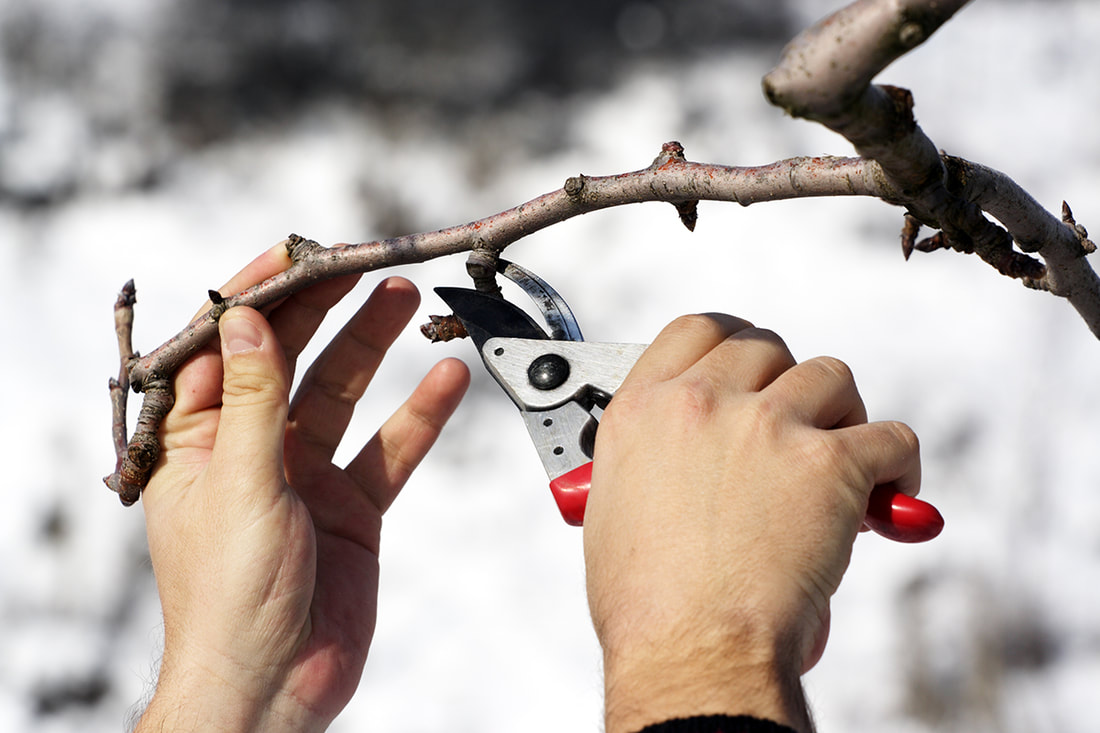
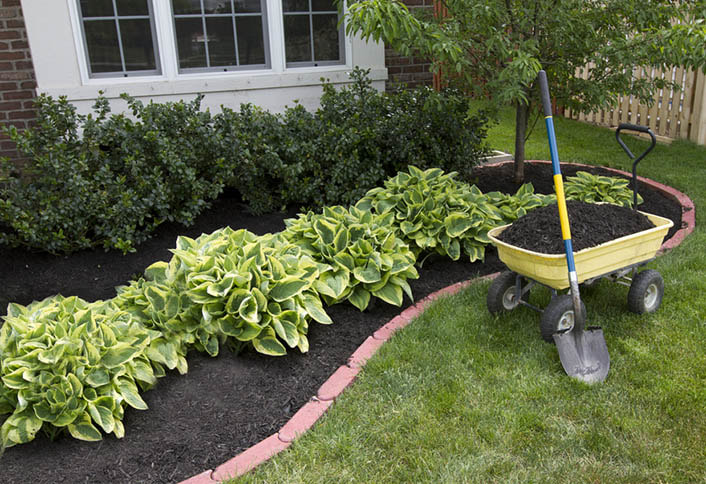
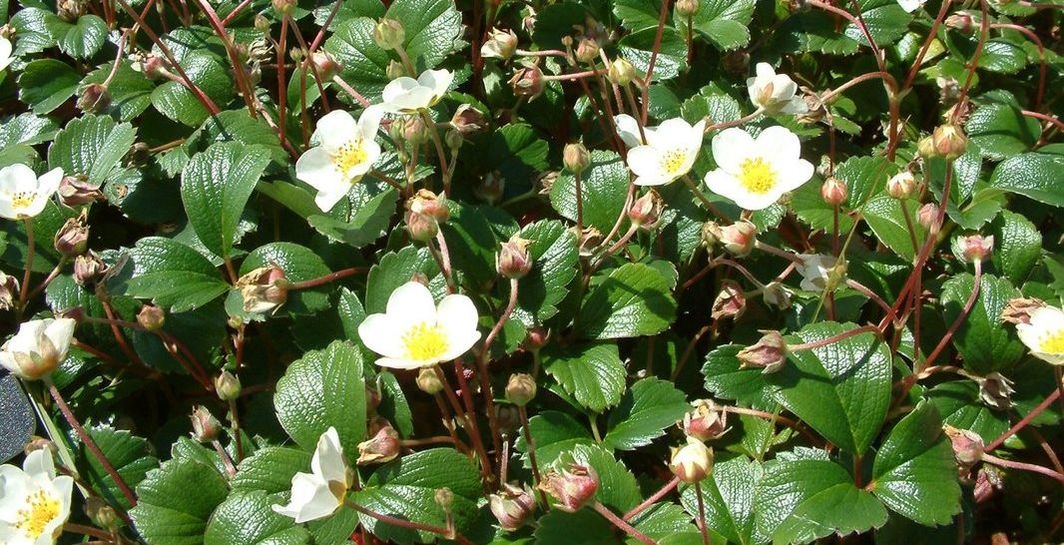
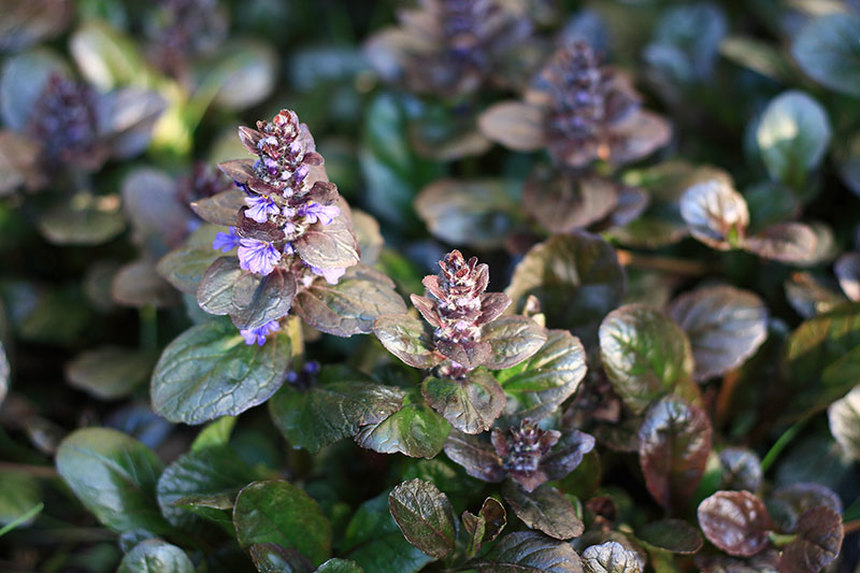
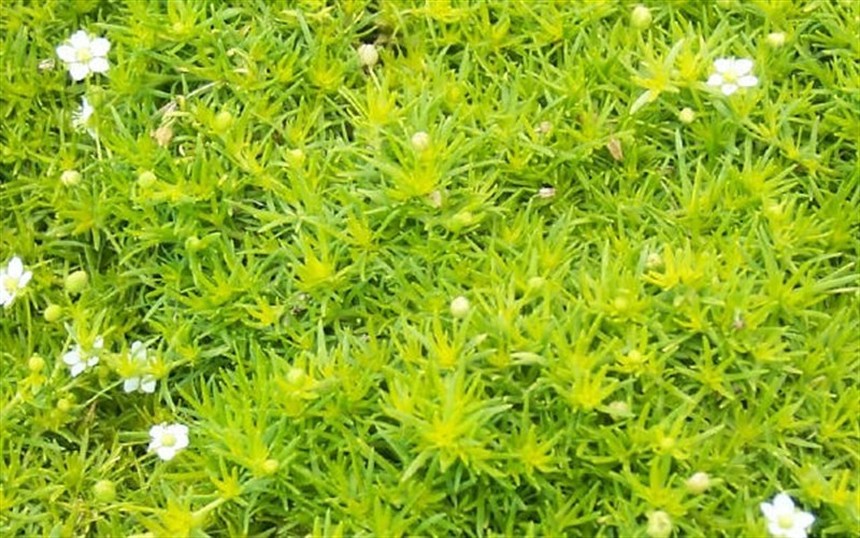
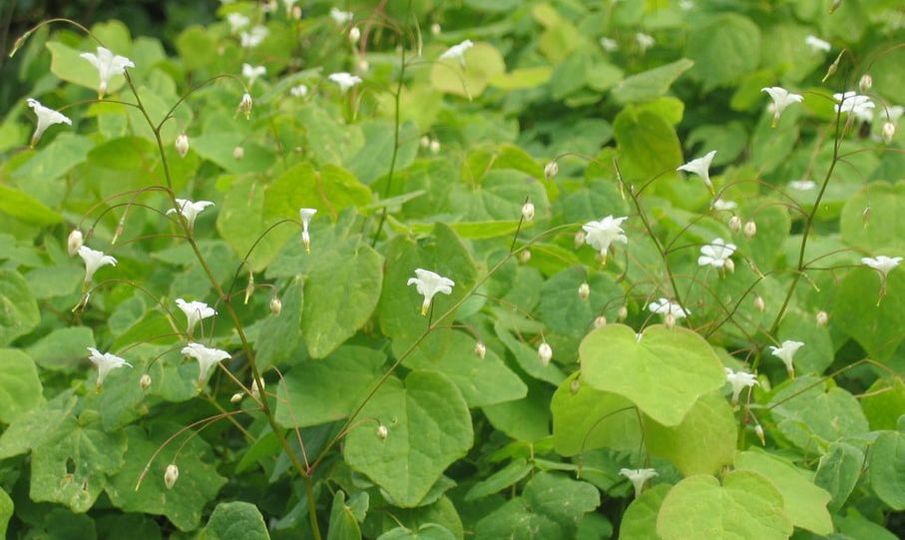
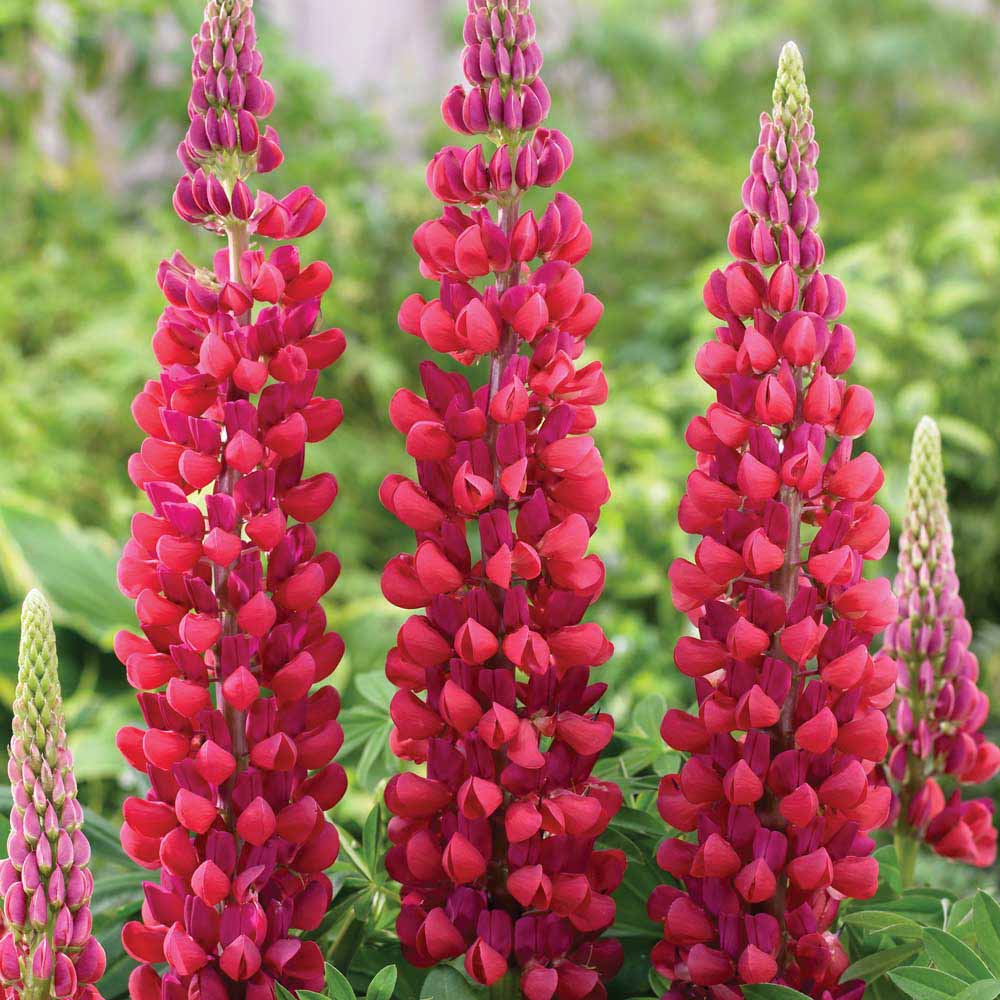
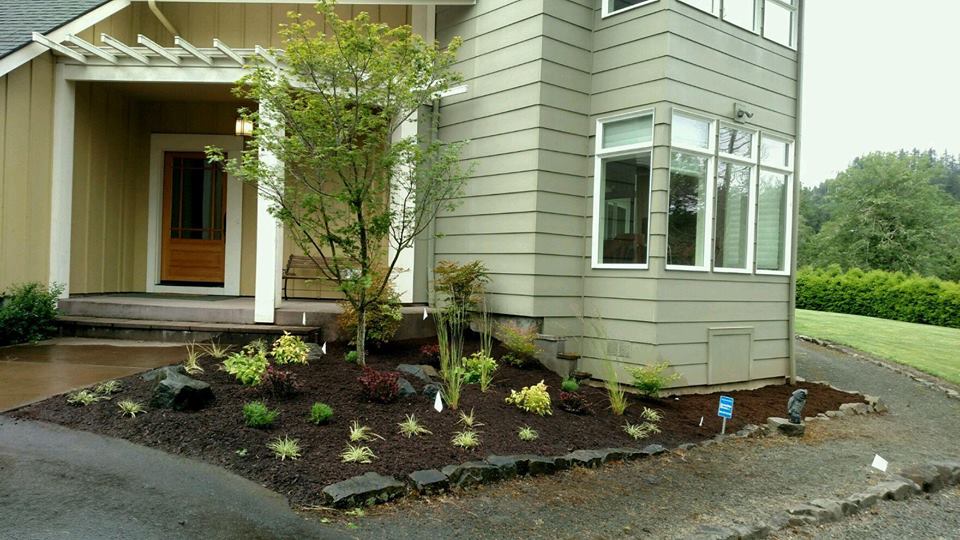
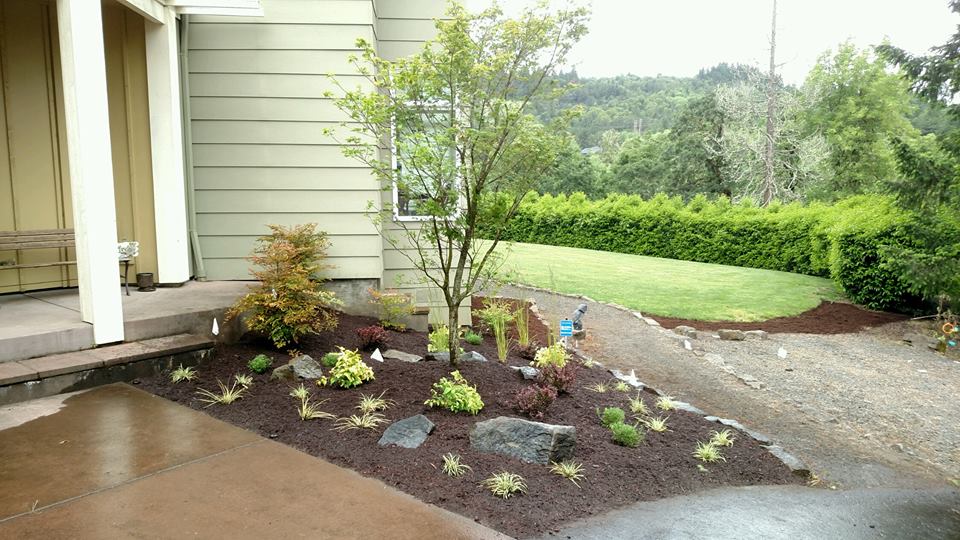
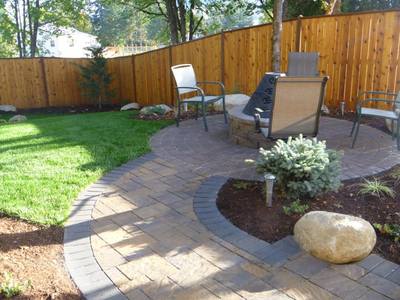
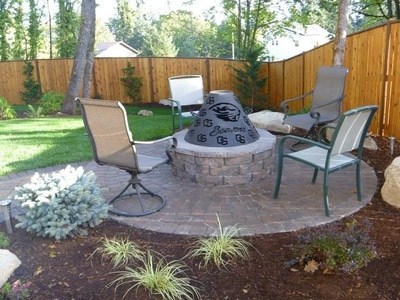
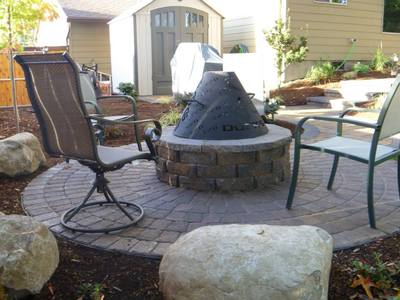
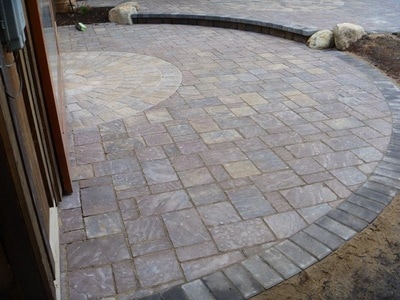
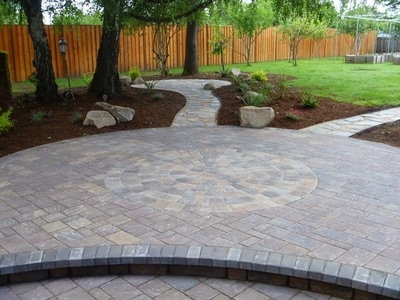
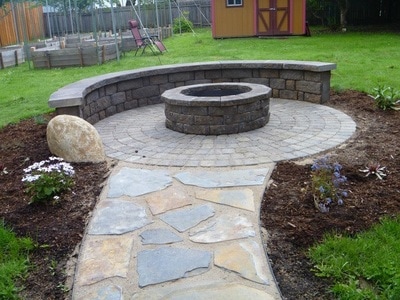
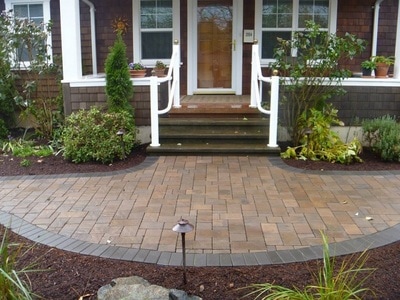
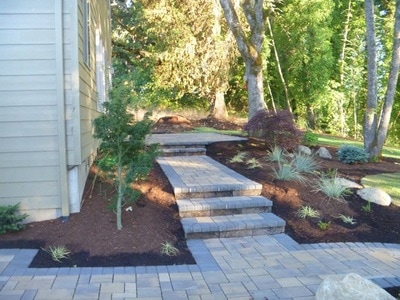
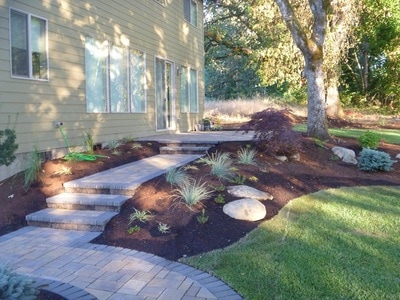
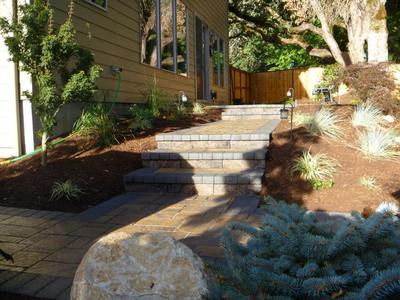
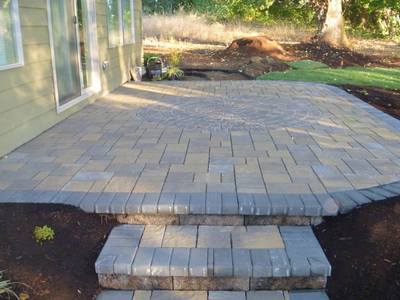
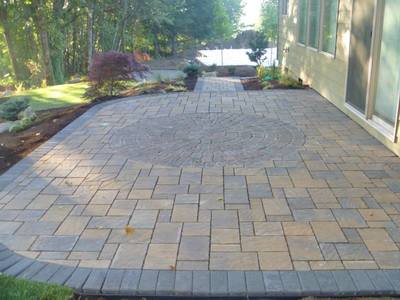
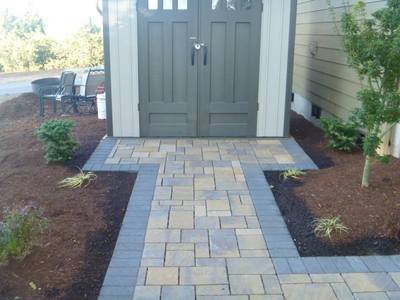
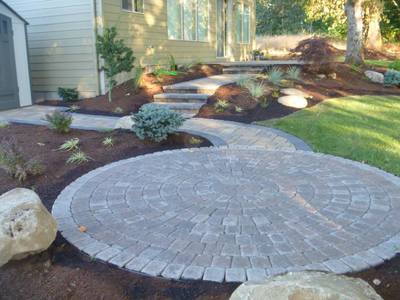
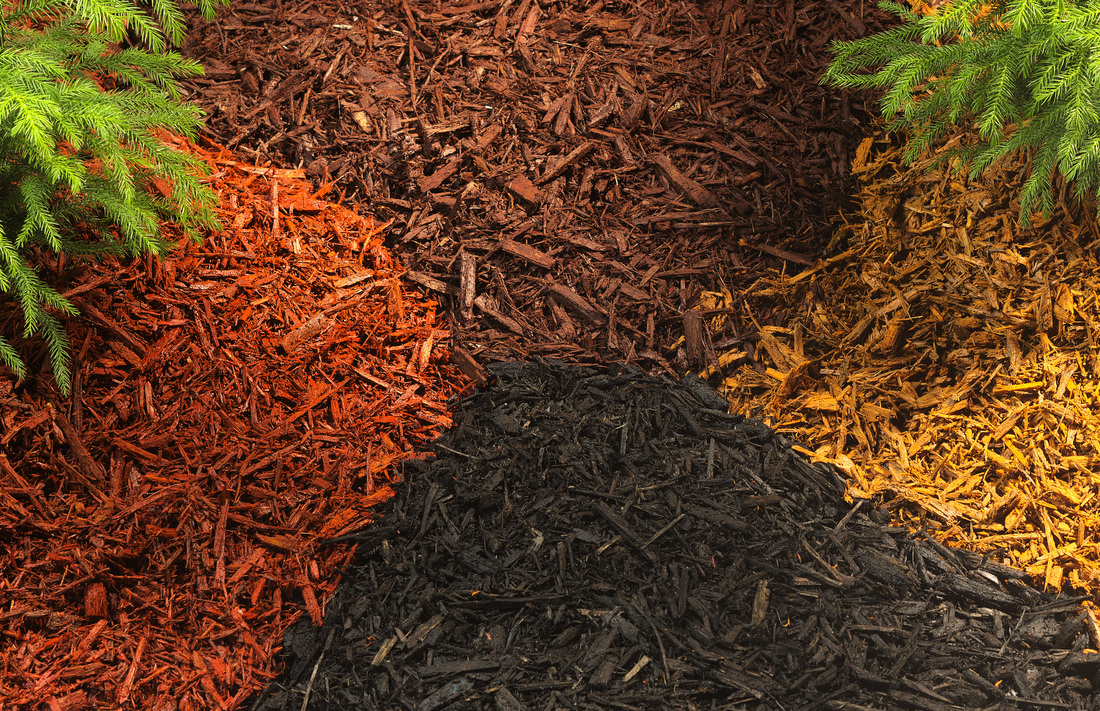
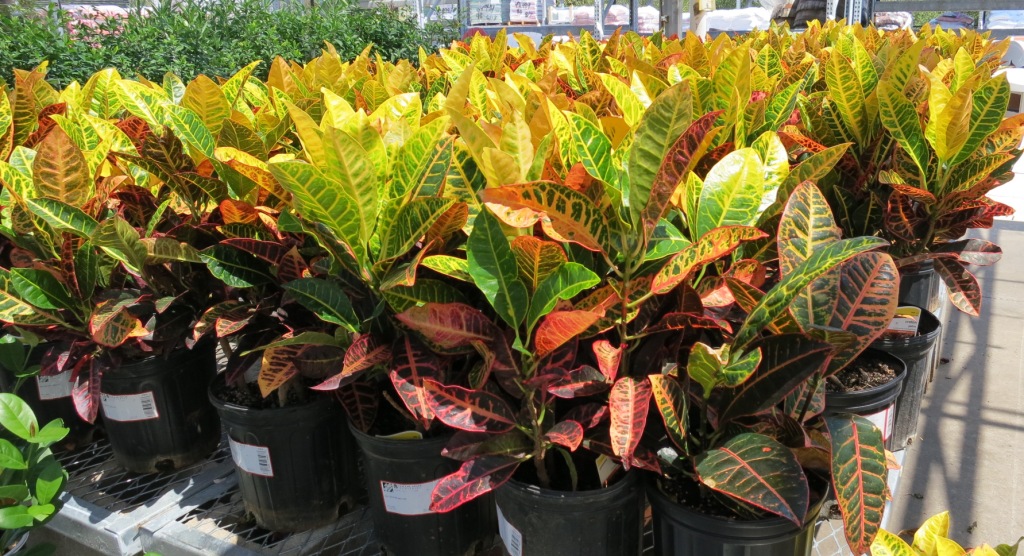
 RSS Feed
RSS Feed
